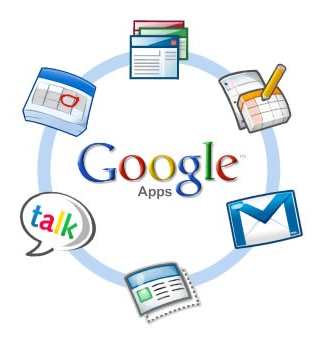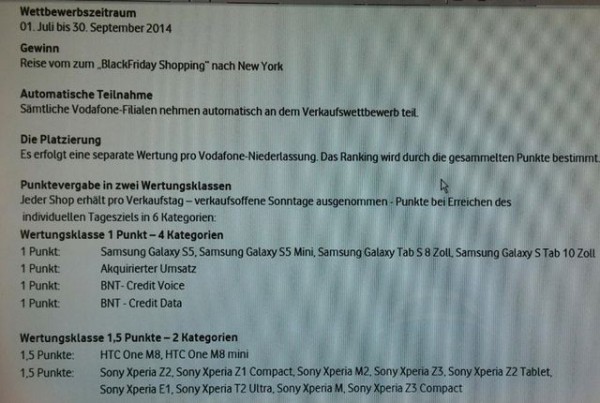
Android has come a long way in the last two years as a mobile platform, with 5 main firmware versions seen on devices around the globe and increased support for exchange users it’s no wonder it’s the fastest growing mobile operating system in the world. One area that is often overlooked, however, is its seamless integration with Google Apps, an exchange like service that is cloud based for business customers. Google promotes their Google Apps service as a less expensive alternative for customers currently on Exchange or Lotus Notes who want to cut costs and IT hassles.
There are a lot of people who use Google Apps without even knowing it, not only business users but also students or non-profit organizations. Users familiar with the service already know it provides independently customizable versions of several Google products, Gmail, Google Calendar, Talk, Docs and Sites, under a custom domain name. Currently over 3 million businesses run on Google Apps ranging from small to large in size, some over even listed on the Google Apps website.
Customers who have an account managed through Google Apps would have an email account with their company’s domain, but it is still considered a Google Account. The great thing about Android is when you first activate your device it asks you to log in with a Google account so you don’t have to enter in a @gmail.com account to get it set up; any Google Account will work, including your business account that is run through Google Apps. By using the Google Apps email account, you can expect real push email through the Gmail app on the phone as well as full contact and calendar synchronization for business needs.
The only integration lacking at the moment is Google Docs and Sites, both of which can be accessed through the browser and bookmarks placed on the homescreen until Google provides an app that will bring these features directly to Android. There have been other issues found with using a Google Apps account, but Google is addressing those issues and Google Apps users are now able to access many Google Account features they previously didn’t have access to without creating a new Google account. Google Apps accounts are subject to the terms set up by the organization, however, and may not have full access to all Google Account services, only what is allowed by the administrator.
Google explains the difference between the two accounts, how the transition worked when they integrated Google Apps accounts and Google accounts, and what issues could arise after the transition on their support site at the following article:
http://www.google.com/support/accounts/bin/static.py?page=guide.cs&guide=29934&topic=29936.
I’ve been very pleased using my Google Apps account on my Android phone ever since I realized how well it integrated my phone with my work life.
Have you tried Google Applications for your business? let us know your thoughts in the comments below!









